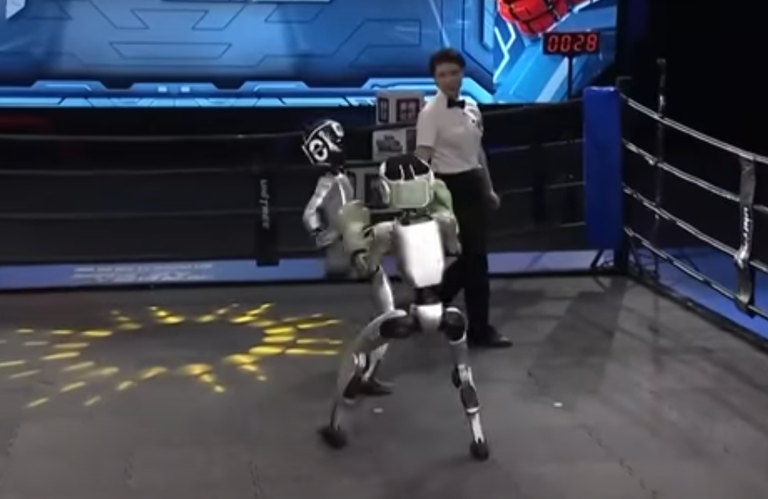The First Humanoid Robot Fight
The First Humanoid Robot Fight

 Souce
Souce
And China announced it and did it for real. Two humanoid robots got into the ring and exchanged blows as if they were professional wrestlers, yes you read that right, I'm talking about a real fight with kicks, hooks, dodges and even knockouts.

In this first presentation, the robberies were not using AI to have autonomy and deal blows, they were controlled by human operators in real time using remote control systems similar to what we see in the fiction film “Steel Giants.”

Unitree is not building robots just for entertainment, this fight served as a field test for technologies applicable in security and defense, with robots capable of resisting impacts, moving with agility and reacting in real time, the same system can be adapted for situations such as tactical combat, military training and even emergency response in hostile environments.

0
0
0.000
Thanks for your contribution to the STEMsocial community. Feel free to join us on discord to get to know the rest of us!
Please consider delegating to the @stemsocial account (85% of the curation rewards are returned).
Consider setting @stemsocial as a beneficiary of this post's rewards if you would like to support the community and contribute to its mission of promoting science and education on Hive.